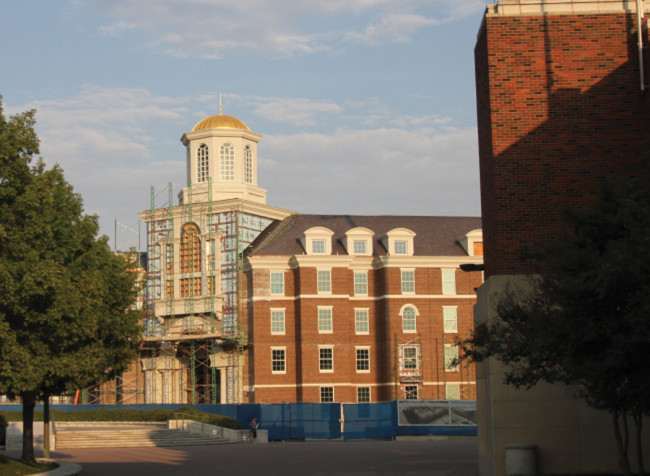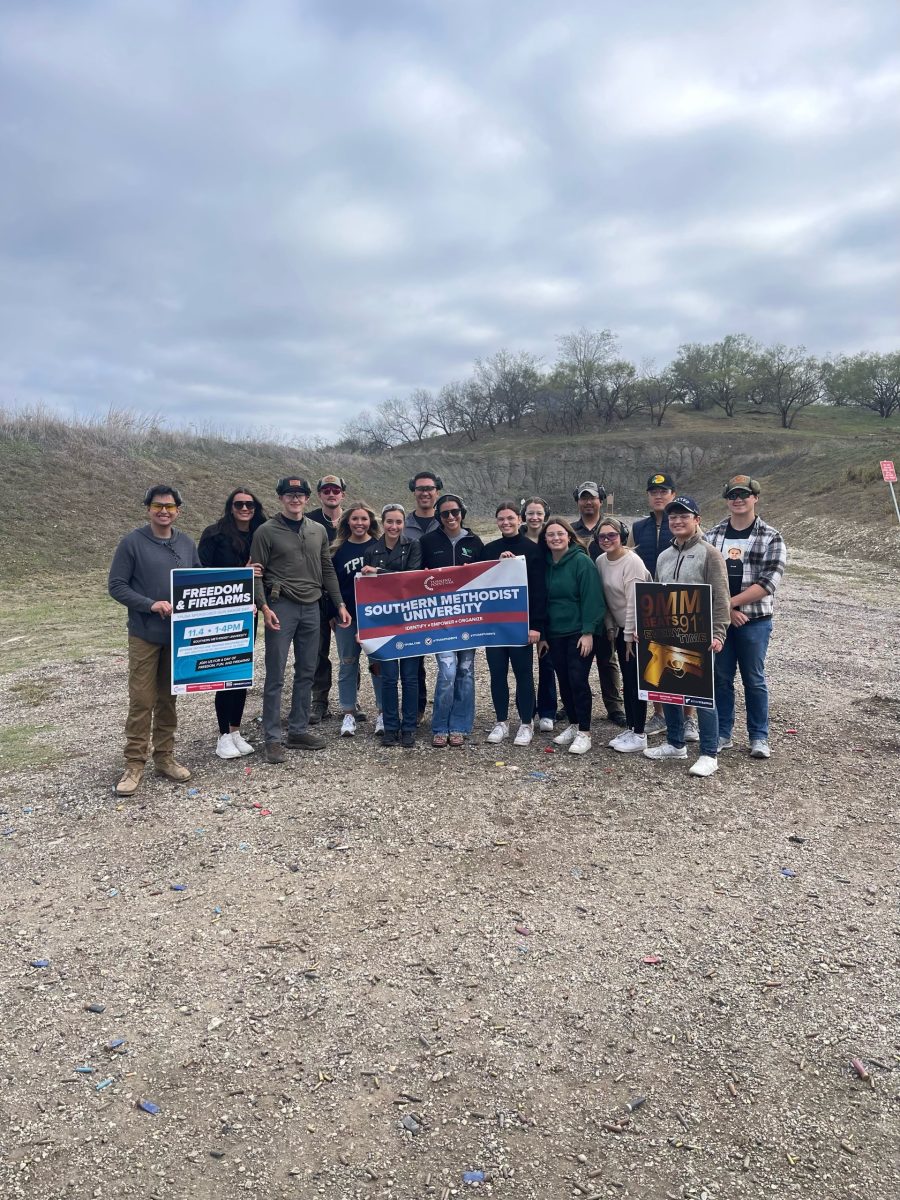
SMU’s new Residential Commons complex will be dedicated Friday. The newest $146 million addition to SMU residential life is the largest capital project in SMU history and will house an additional 1,250 students on campus.
Friday’s noon ceremony will include both the dedication and a tour of the new
residential commons.
Vice President for Student Affairs Lori S. White said the dedication will be a time for members of all facets of the SMU community to experience the campus expansion first.
“We’re very excited about the dedication on Friday. It will be an opportunity for the community to see what the Residential Commons looks like and a chance to thank the donors,” White said.
Lead donors — totaling $30 million cumulatively — were gifted to the university by the Armstrong, Arnold, Crow, Crum, Loyd and Ware families.
Brad Cheves, vice president for development and external affairs, told SMU News and Communications that Friday’s event will mark a key moment in SMU’s history.
“The dedication of the Residential Commons complex represents an important milestone for SMU as we celebrate the centennial of the university’s founding and opening,” Cheves said. “The generosity of the [lead donors] has played an important part in making this possible.”
Beginning in the fall, SMU will house nearly 2,750 students on campus.
The complex is made up of five residence halls, a two-story dining hall and an 800-space Mustang Parking Center.
As will be campus-wide, there will be five faculty-in-residence for the five new halls beginning in the fall. SMU students beginning with the class of 2017 will be required to live on campus two years instead of the previous one year requirement.
The new Residential Commons complex is partly meant to foster greater community and better the transition from home life to campus life, according to White.
“The opportunity to connect with faculty outside of the classroom is a really important aspect…that I hope students are excited about,” White said. “Each Commons has a leadership team made up of students who are already talking about the different types of traditions they want to start for their Commons.”








